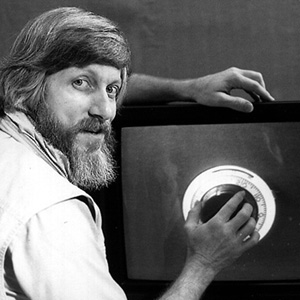
C. R. Caillouet
Video Engineer – internationally recognized for technical innovation.
There is nothing magic about 70% video on Caucasian skin tones. The level depends on the impression that you are trying to achieve with the scene. For me as an engineer, the most important issues are to prevent the color components of skin tones from being clipped and to keep sufficient signal so that the faces are not lost in the mud, BUT, the overall mood of the scene might call for variations, depending on what “look” the Director of Photography wants.
Remember that a luma signal on a waveform monitor only represents the brightness component of the video and that is composed of approximately 60-70% green (depending on your color encoding standard), so to get a warm skin tone up to 70%, the red component may already be at or close to its limit. Pushing the exposure to get to a specific number can often lead to flattening of the red channel highlights, resulting in a “pasty” skin tone, especially if you are using aggressive knee controls.
A good comparison reference is the “CamBelles” chart, which comes in the CamBook series from DSC Labs. It contains several different skin tones in one image. https://dsclabs.com/cambooks/
Recently there has been more interest and mail on skin detail than any other topic. There are two reasons:
- HD with its increased resolution
- Aging TV personalities – the “Wrinklies”
Skin detail is a complex issue where lighting, makeup and camera adjustment all play important roles. DSC can’t do much to help you with lighting and makeup, but we have developed a useful tool that helps set skin detail circuits objectively. The idea behind the “DeWrinkler” test pattern is to provide more consistent results and, to save time, by eliminating the subjective component. This is an early introduction to DeWrinkler which will be formally introduced at NAB next month.

